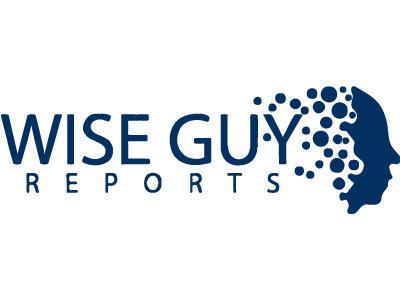In the fast-evolving and densely populated Telecom API market, conducting a continuous and deep competitive analysis is not merely a strategic exercise but a fundamental requirement for survival and growth. This analysis must go beyond a superficial comparison of pricing pages and feature lists to provide a multi-dimensional understanding of the competitive forces at play. A truly effective Telecom Application Programming Interface API Market Competitive Analysis dissects the landscape across several key vectors: the breadth and depth of the API portfolio, the quality and reliability of the underlying network, the sophistication of the platform and developer experience, and the effectiveness of the go-to-market strategy. By systematically benchmarking against competitors across these dimensions, a company can identify gaps in the market, anticipate competitive threats, and make informed decisions about its own product roadmap, pricing strategy, and marketing messages. This ongoing intelligence-gathering process is the compass that allows a company to navigate the market's complexities and chart a course toward a defensible competitive position.
A practical competitive analysis begins by segmenting competitors into logical tiers and categories. This includes the Tier-1 CPaaS leaders (e.g., Twilio, Vonage), Tier-2 challengers and regional specialists, MNOs with their own API offerings, and pure-play aggregators focused on specific services like SMS. For each key competitor, the analysis should evaluate their API portfolio, noting not just the channels they offer (voice, SMS, video, etc.) but the richness of features within each channel. The quality of service (QoS) is another critical axis of comparison, involving an assessment of their network reach, uptime SLAs, message delivery rates, and call quality, as reliability is a primary purchasing criterion for enterprise customers. Perhaps the most crucial element to analyze is the developer experience (DX). This qualitative and quantitative assessment includes evaluating the clarity of their documentation, the ease of onboarding, the power and flexibility of their APIs, the quality of their technical support, and the strength of their developer community. A superior DX can be a powerful competitive moat, even against a competitor with a slightly lower price point.
Synthesizing this data into actionable intelligence is the ultimate goal. This involves creating a competitive matrix or SWOT analysis for each major rival to clearly visualize their strengths, weaknesses, and strategic tendencies. This intelligence can then be used to inform key business decisions. For example, if analysis reveals that a major competitor has a weak video API offering, it creates an opportunity to double down on video product development and marketing. If a competitor is known for poor customer support for enterprise clients, it presents a chance to differentiate by offering a premium, high-touch support model. The Telecom Application Programming Interface API (IPaaS) Market size is projected to grow USD 15 Billion by 2035, exhibiting a CAGR of 13.4% during the forecast period 2035. The analysis should also be forward-looking, tracking competitors' investments, acquisitions, and partnership announcements to anticipate future strategic shifts. By embedding this rigorous competitive analysis into the organization's strategic planning rhythm, a company can move from a reactive to a proactive stance, better equipped to not only respond to the market but to shape it.
